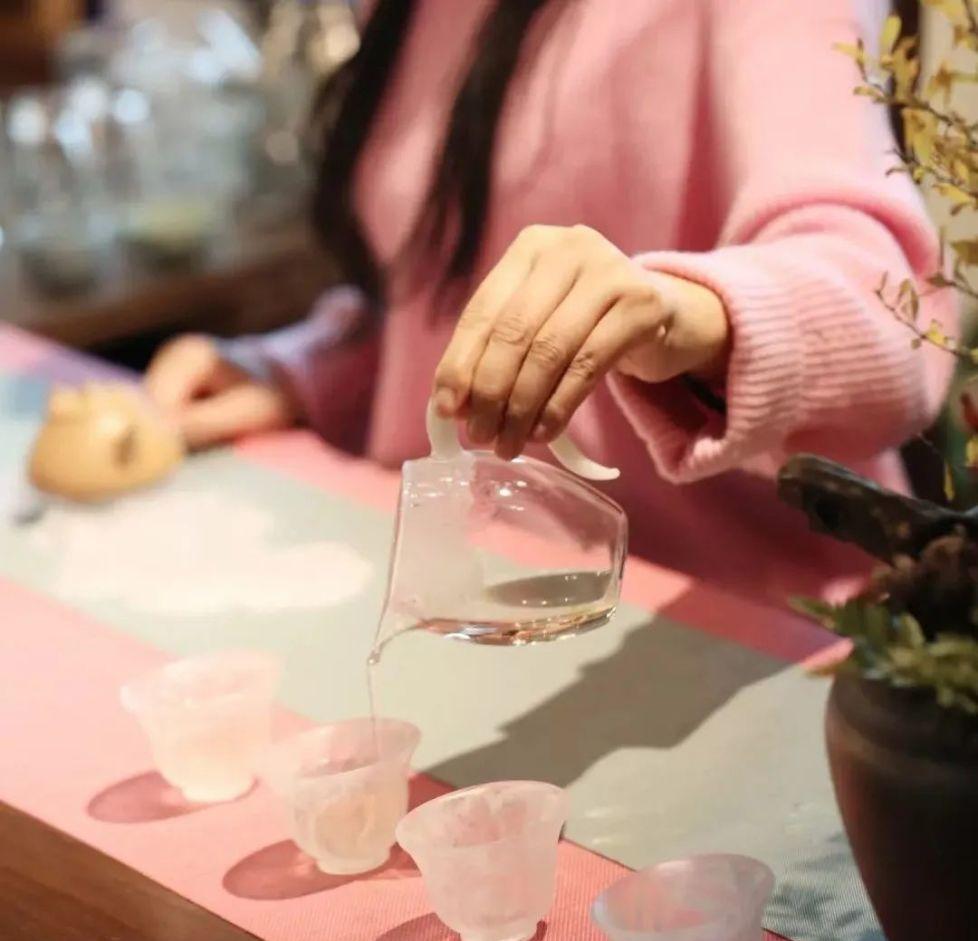Chinese regard tea as a "gentleman in drinking", because in the eyes of the Chinese people, tea is feasible, clear, elegant, and virtuous.
Because of this, tea has been loved by the Chinese people since ancient times, and over time, it has also formed a tea culture with rich connotations and different etiquette.
And the embodiment of culture is not only in the tea itself, the same is true for the tea set, and the fair cup is a good embodiment.

The Gongdao Cup has been around the Ming Dynasty, but was not originally used as a tea set, but as a wine vessel.
The fair cup used in tea art was introduced to the mainland by Taiwan in the 1970s. The gongdao cup used as a tea set is different from the ancient tradition, but what remains unchanged is the rich and unique connotation of the cup. The Western Han Dynasty Dai Sheng's "Book of Rites and Fortunes" mentions: The journey of the great road, the world is just. It expresses an ideal society of datong, and the world is everyone's world and shared for everyone.
The social ideal of fairness and fairness is what Chinese have been pursuing, and such ideas are also reflected in people's lives. Literature, drama, and even a tea set can embody the idea of "justice," and the Fair Cup is exactly that.
The cup of justice, in the name of justice, is naturally also because of the meaning of justice.
People who have brewed tea know that whether it is brewed with a lid bowl or a teapot, the soup will always be different because of the difference in time.
In order to be able to even out the tea soup, people pour the brewed tea into the fair cup first, so that the tea soup is neutralized and then divided out, so that tea drinkers can drink the same concentration of tea soup.
The division of neutralization and post-neutralization is in line with the Confucian ideas of "neutralization for use" and "harmony".
The fair cup is the carrier of the idea of "and" and is also the embodiment. Of course, such an approach is the most fair and does not live up to the name of justice.
Tracing the history of the Gongdao Cup, during the Ming Dynasty, in order to curry favor with Zhu Yuanzhang, the county officials ordered local porcelain workers to make the "Nine Dragon Cup". The glass is extremely delicate, and the wine can only be shallow and flat, not too full. When it is full, it will be missed, and not a drop will be left.
However, the emperor did not know why, and deliberately cared for his favorite courtiers at the banquet, so he filled the courtiers' glasses with wine, which backfired. This gave Zhu Yuanzhang the enlightenment of "being fair and not being biased" for the sake of the king and his subjects.
Later, Zhu Yuanzhang's "Kowloon Cup" was renamed "Gongdao Cup", which means the fairness of the cup. At the same time, this allusion also contains the truth that "the contented person has water, and the greedy person has exhausted the water", reminding the world to pay attention to justice in the world and not to be greedy.
Looking at the present dynasty, the fair cup used for tea art is similar to the open teapot without a mouth, but some changes have been made at the opening to make the soup cup easier to pour tea.
The cup is generally made of transparent glass, first, the transparent cup can better observe the soup color; Second, only transparency can best reflect the meaning of fairness, fairness and selflessness.
One tea, one world, one pot and one dry. China's tea culture has a long history and deep heritage, even if it is just a fair cup, the connotation of which is inexhaustible and inexhaustible.